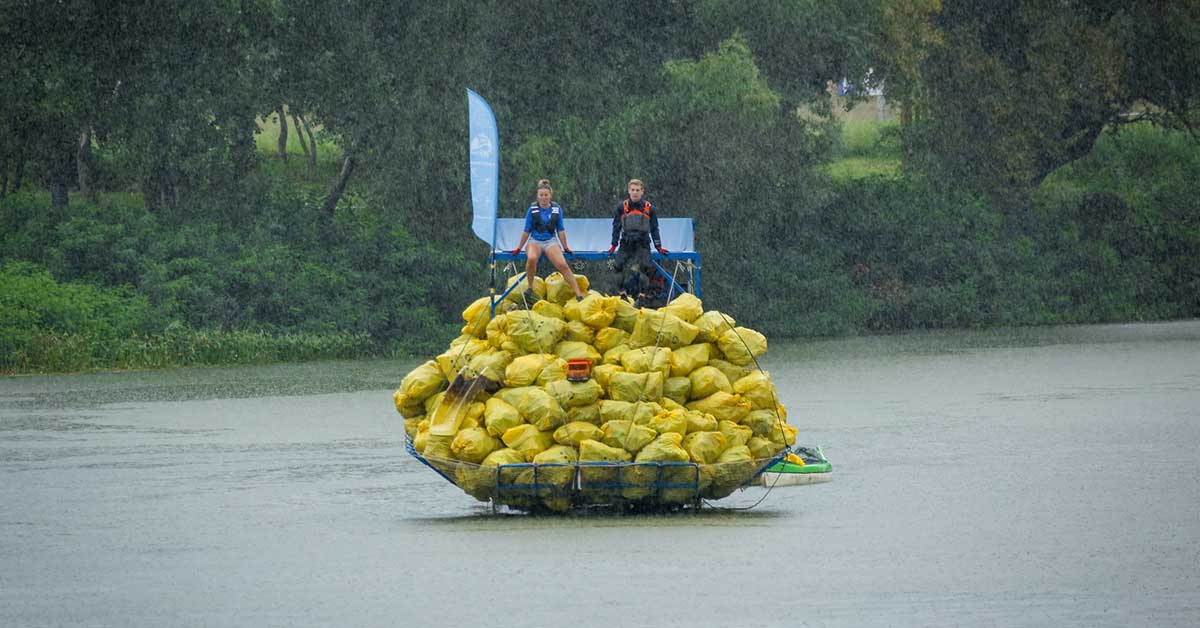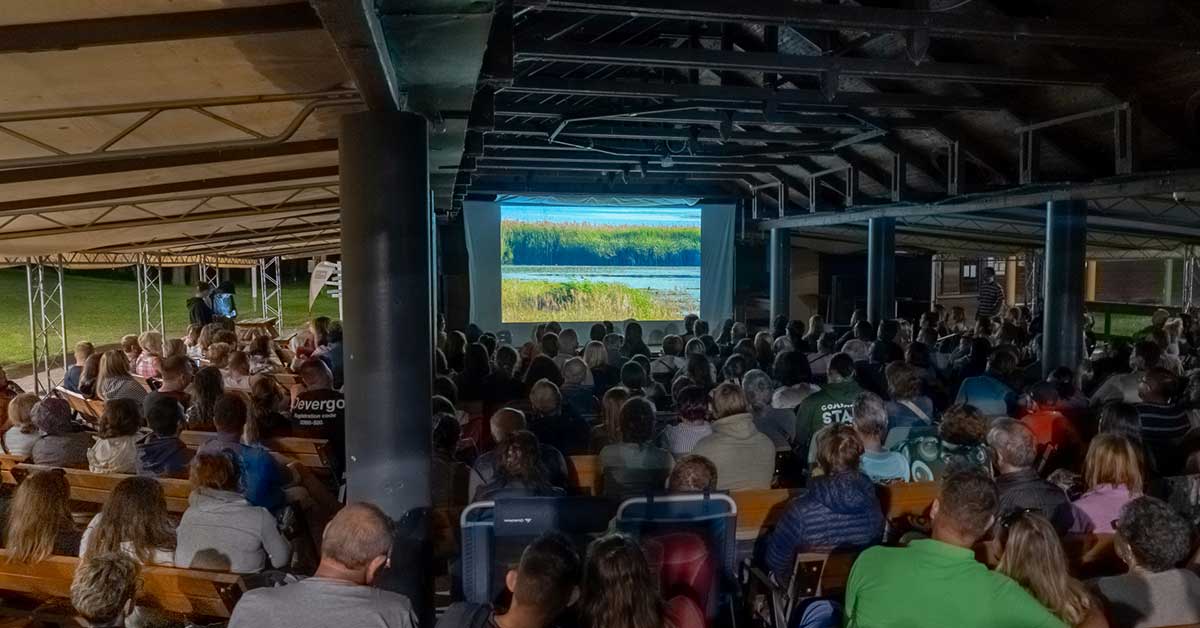
The regulation of Tisza and its water system in the middle of the 19th century resulted in 114 riverbed cuts, which reduced the river’s original plain length of 1 213 km by 760 km and increased the fall rate by several centimetres on a kilometre.
On one hand it has increased the river’s erosive power and it might be causing serious problems on its own (e.g. it may undercut riverbanks), on the other hand the regulation has eliminated floods and saline soil took over huge areas.
Between Two Rivers
On the Homokhátság (Sand Plateau) region of Hungary, that’s located between the two main rivers, Tisza and Danube, it has become a major issue now: humans, animals and plants in the past 150-170 years have all witnessed a slow process that became a reality in 2006 when the Danube-Tisza Interfluve was recognised as an increasingly arid zone in the long-term forecast of the Food and Agriculture Organization (FAO). Two years ago, experts have recognised that the climate has changed for good and Homokhátság can now be officially referred to as ‘semi-arid’.

Chain Reaction
Before Tisza and Danube were regulated, irrigation wasn’t an issue as floods kept the soil alive and well, farmers happy and the urban population well-fed, even if the sheer size of the flooded area couldn’t be predicted.
For more than a century irrigation looked to be a solution, but now we know that it isn’t sustainable anymore. Since the 1970s, groundwater level here has dropped by more than two metres and people started to abandon the area’s farms back in the 1980s as a result of dried-up wells and hence failing to grow crops.

Recently a video emerged on social media featuring a man from Kecskemét, explaining how water pressure fell in a well that’s 21 m (!) deep.
So far water shortage may have seen as something ‘distant’ both geographically and in time, probably a utopistic scene from Mad Max. Videos like these must be our wake-up call, a final warning that we need shouldn’t take water granted. Not at Tisza, not in Central Europe or the entire continent.


